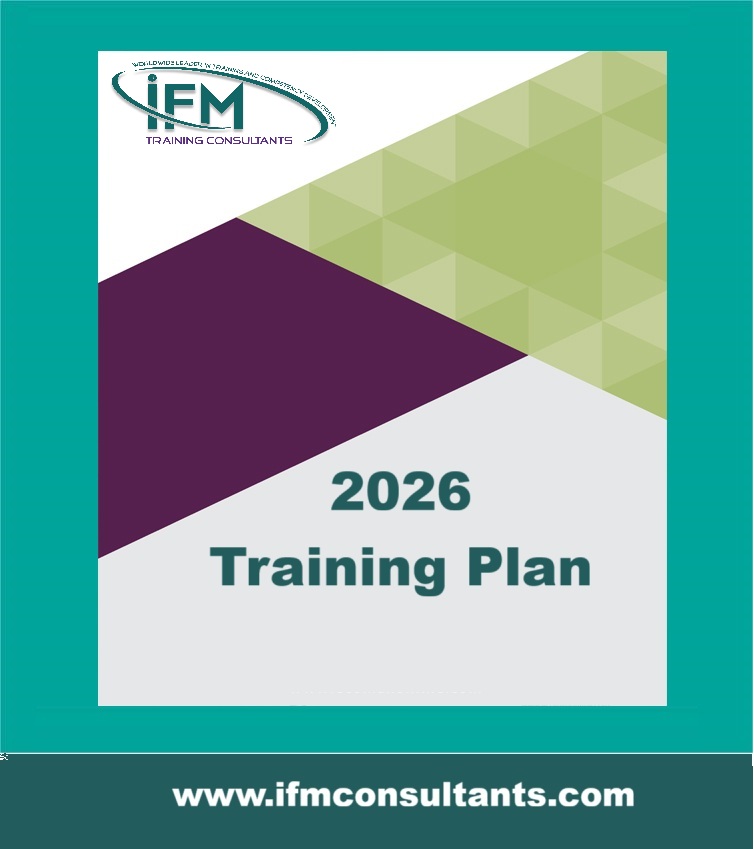Alignment and Troubleshooting of Rotating Machinery Training
| Start Date | End Date | Venue | Fees (US $) | ||
|---|---|---|---|---|---|
| Alignment and Troubleshooting of Rotating Machinery Training | 23 Nov 2025 | 27 Nov 2025 | Riyadh, KSA | $ 3,900 | Register |

Alignment and Troubleshooting of Rotating Machinery Training
| Start Date | End Date | Venue | Fees (US $) | |
|---|---|---|---|---|
| Alignment and Troubleshooting of Rotating Machinery Training | 23 Nov 2025 | 27 Nov 2025 | Riyadh, KSA | $ 3,900 |
Introduction
Machines deteriorate as they get older so we can expect a certain amount of performance falloff and general deterioration of the machine. If we understand the failure mechanisms that are in place we can identify which parameters best indicate the deterioration of the machine.
Failure analysis, Troubleshooting and Predictive & Planned Maintenance techniques, including vibration analysis, are discussed in the course with a view to cover the different techniques of alignment and optimizing the maintenance engineering effort while maximizing production.
Objectives
To provide the operation & maintenance engineers & technicians with the means to properly operate and support the rotating equipment in a way based on the good acquaintance with the modern technologies applied in this field. Trouble-shooting & forecasting break downs are inclusive. & cover the different techniques of alignment as well as the use of handheld.
Training Methodology
The training methodology is interactive with group exercises and is suitable for all employees involved in functions management. The pace and level of the training workshop is customized to the understanding of the delegates. Ongoing back-up and support is available after the training on request to the supplier, and the training course is also available for in-house presentation as well as for “Competency Transfer”.
Who Should Attend?
Field junior engineers, senior & junior maintenance technicians.
Course Outline
Technology and Operation of Rotating Machines
- General Aspects of Machine Technology.
- Main parts of the machines: casing, rotor, bearing, coupling.
- Auxiliaries: flushing, heating and cooling, lubrication systems.
- Maintenance: assembly and dismounting procedures, inspection, clearance, adjustment & alignment.
Operation and Performance
- Process Aspect.
- Running parameters, head, flow, rpm, and efficiency.
- Characteristic curves. Regulation. Start-up, routine survey. Effect of internal wear.
- Mechanical Aspect.
- Stress in machines. Influence on lifetime, on damage. Failure prevention; monitoring, repair quality.
- Common Troubles
- Internal leakages. Unbalancing. Wear and ruptures, vibration.
Technology and Maintenance of the Machine Components.
- Lubrication.
- Purpose, lube roles, different types of oil and grease. Practical aspect.
- Bearings.
- Anti-friction bearings: types, lifetime, mounting, applications, related problems.
- Plain and pad bearings, thrust bearings; operation, maintenance, incidents.
Coupling and Alignment.
- Different types of couplings, related problems.
- Different methods of alignment using comparators, tolerances, practical aspects.
- Alignment trouble shooting
Sealing Devices for Pumps and Compressors.
- Mechanical pump seals, types, operation, related problems. Installation, geometrical checks.
- Other seals for positive displacement pumps and reciprocating compressors.
Rotors and Shafts.
- Balancing: eccentricity, tolerances.
- Assembling on shaft: effect on balancing.
- Geometrical shaft controls.
Trouble Shooting of Rotating Machinery Forecasting Breakdowns
- Study of Ruptures and Wear and Other Failures.
- Typical damage to machines: problems and causes of failures, influences of metallurgy and surface treatments.
- Fatigue, wear and tear.
- Rupture face analysis.
- Use of Vibration Surveys in Forecasting.

















